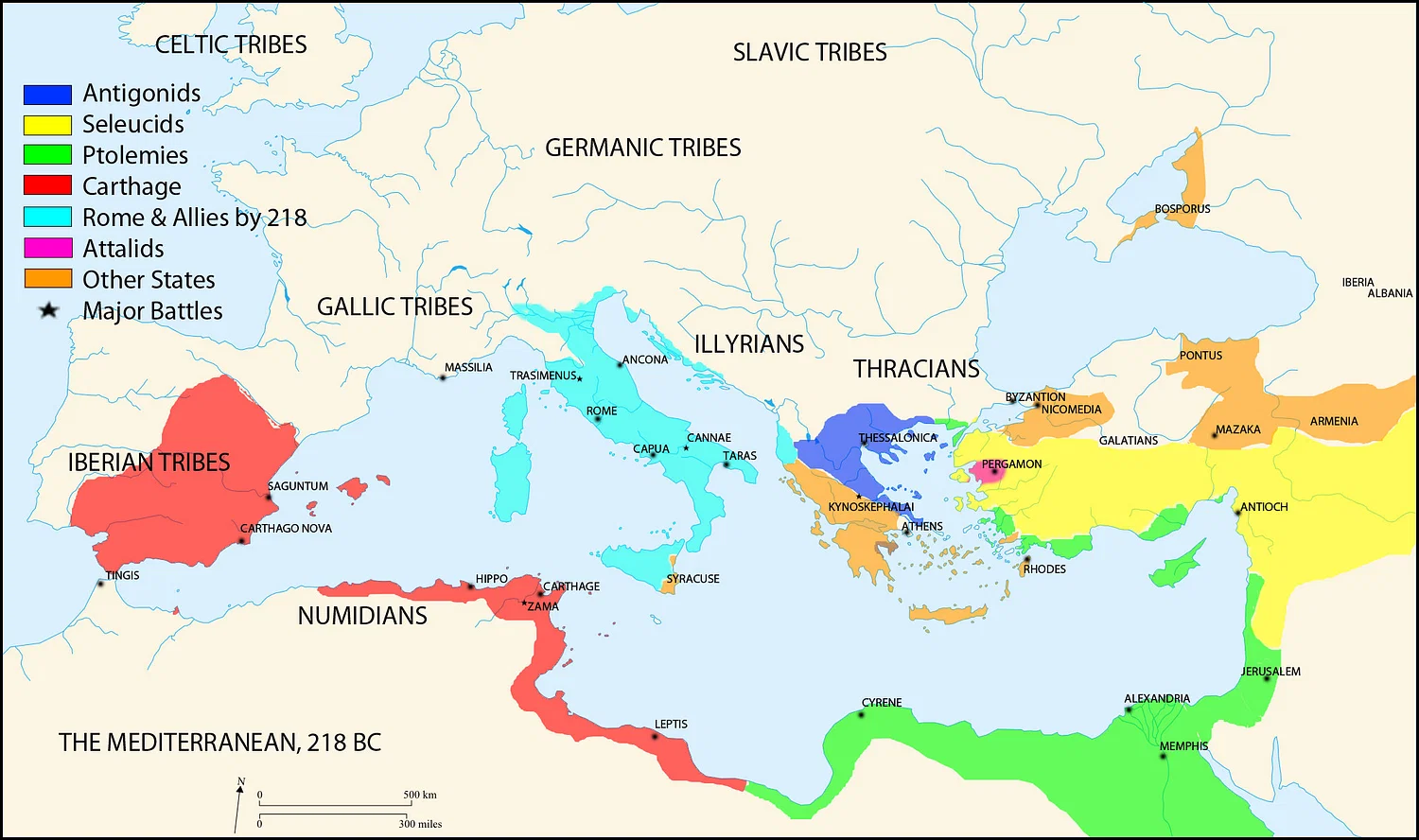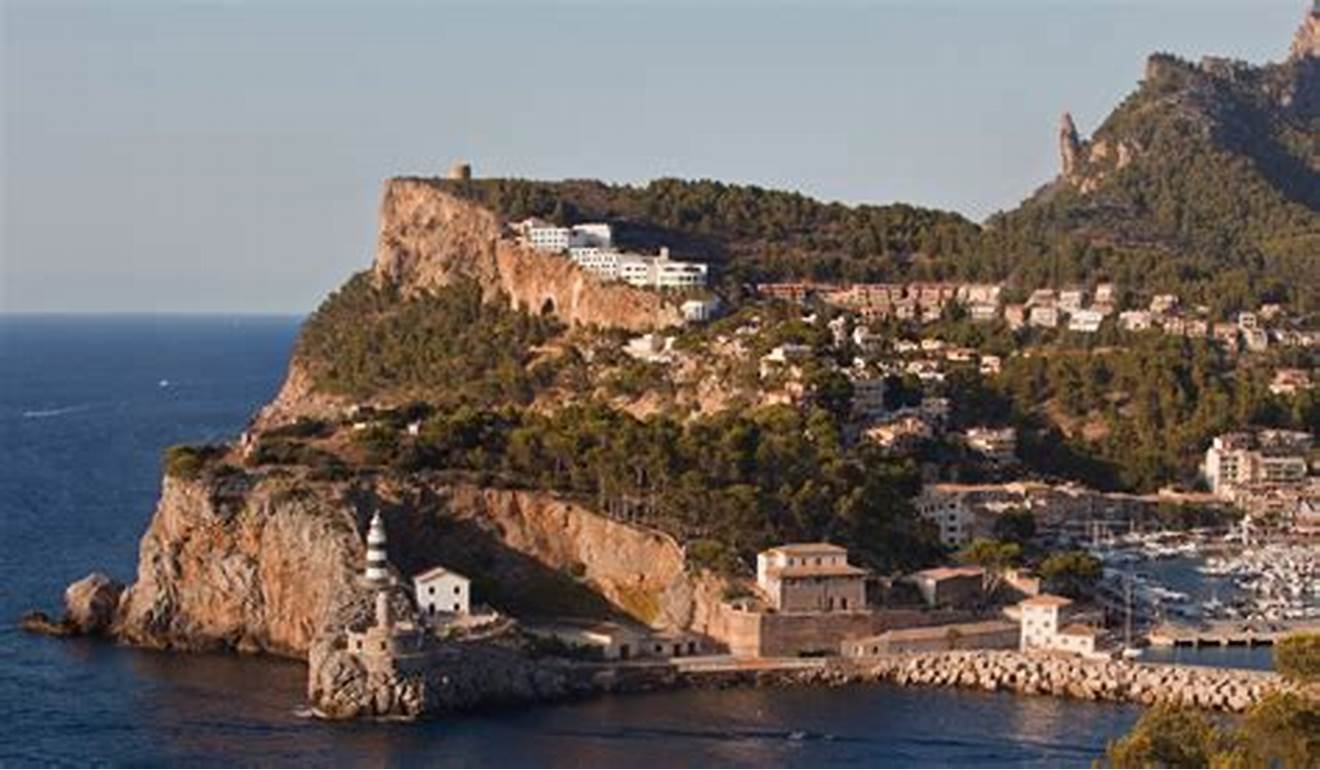By Terpsi Vasilopoulou,
So, it is true that the Mediterranean became a point of conflict among its surrounding communities and caused a lot of hatred between them. However, it would be ignorant to only approach this broader relationship between civilizations as an obstacle and not a canal of communication as well. One of the greatest examples of this last point is given through trade and economic relations at the time. To begin with, the Mediterranean Sea contributed to a series of great trade relations to be developed between Christianity and the Muslim world. Every day, communications were a given between Muslim and Christian traders who brought all types of goods to Europe from the east, varying from spices to precious stones and cloths. Pioneers in those trading relationships and closer contact with the Muslim world were, of course, Constantinople and the Byzantine Empire, Venice, Pisa, and Genoa in Italy, and the Iberian Peninsula, where a settlement was reached dividing the areas of rule between Christians and Muslims.
Similar negotiations were made with the Franks controlling sea trade in the Mediterranean and the Muslims’ land routes around it. Trade flourished and played a huge role in the economic growth of all those entities, drawing great importance and interest in the way relations and arrangements were settled and talked about between the different entities. Following these advancements, many historians, such as Reynolds, have even argued that even though trading relations brought the authorities of each entity closer in communication and economic agendas, individual and corporate initiatives were the ones building this frontier among them to accommodate their agendas.
Relations between the two sides, though, were not just economic. Diplomatic relations were developed early on to again accommodate economic growth and, at the same time, ensure peaceful coexistence around the sea. Most treaties that have been saved are between Muslim Mamelukes and Frankish states and are concerning territorial disputes, security, and policing of borders, with trade regulations not being absent either. Diplomacy, though, could also be seen in other forms, many of which introduced more frequent and meaningful interactions between the neighboring communities, encouraged communication between them, and promoted their collaboration and blend of cultures to work to their advantage.
Especially in Spain, matters between the Iberian Peninsula and the Arab world seemed to be solved and peace seemed to be retained in a really interesting way. Weddings were arranged between Umayyad rulers, especially the kings of Pamplona, and princesses from the Christian ruling families. As far as their religion is concerned, Muslim kings did not transfer to Christianity, but Christian princesses did not seem to transfer to Islam either. This way, Christian princesses found themselves in Muslim environments, which were now their houses. In their new everyday lives, therefore, they would usually spread the culture and customs of their homeland to the people around them.

At the same time, going back to trade, even though the frontier seemed to almost be created to its advantage, such frequent communications undoubtedly provided opportunities and led to a common, in many ways, financial and administrative system developing on both sides. As a result, many Muslims found themselves able to move and find jobs in Christian states without experiencing many culture shocks or difficulties in adapting and vice versa. These economic migrants, besides their manual ability, would be bringing with them their culture, ethics, and customs, which would spread by blending the neighboring civilizations and communities, making them know and understand each other better.
Such diplomatic tactics and advancements in travel, trade, and demographics are the ones introducing the concept of intersection in the Mediterranean, with the sea being a rather unifying factor among its very different inhabitants. As in the modern day, during that period as well, the culture and everyday lifestyle of the Mediterranean people had many more elements in common than differences, showcasing the similarities of how these civilizations were developed because of their interaction with the sea and its climate and how much that affected their common growth.
After discussing both concepts of the Mediterranean as a frontier and intersection separately, we now have a clearer picture of how relationships between Christianity and Muslims worked and developed. Which one of those sides was the most dominant, though and how should history and the Mediterranean community be reminiscing about their predecessors? It would be ignorant and surely academically incorrect to diminish the importance of any of those two sides of the Mediterranean. Developments aligning with both of those characteristics were of immense importance in history and have marked the prism through which modern-day scholars approach the Mediterranean.
The Mediterranean has come to be both a frontier and an intersection in the history of the people living by it in a variety of ways. States and communities within them, developing around the sea, have had to have so much in common. Neighboring the sea, they had common crops, similar economic growth perspectives and resources, stories about the sea and the people living around it, and mentalities, customs, and traditions developing in similar ways not only in the administrative sector but on a cultural level as well. However, at the same time, the sea was perceived as a limit for them as well. Something cut them off from expanding and growing and therefore created antagonisms between them and their neighbors on the other side, who saw them as a hindrance to their development.
The Mediterranean Sea unified these people in the sense that their communities were very similar in many different ways because they were developing around it but at the same time, it created that competition and sense of hostility, not letting them get to know each other better and realize how common they are and therefore working both as a point of junction and division.
References
- Reynolds, Robert L. The Mediterranean Frontiers 1000-1400. The world frontier.
- Kousoulis, P, Konstantinos D Magliveras, Panepistēmio Aigaiou (Athens, Greece). Tmēma Mesogeiakōn Spoudōn, Panepistemio Aigaiou (Athens, Greece). Department of Mediterranean Studies, and International Conference “Foreign Relations and Diplomacy in the Ancient World: Egypt, Greece, Near East” (2004 : Rhodes, Greece). Moving Across Borders : Foreign Relations, Religion, and Cultural Interactions in the Ancient Mediterranean. Orientalia Lovaniensia Analecta, 159. Leuven: Peeters, 2007.
- Pispirigkou, Foula. Ο Μεσαιωνικός Κόσμος . 3 . Vol. 3 . Athens, Greece: Γνώση, 1985.




